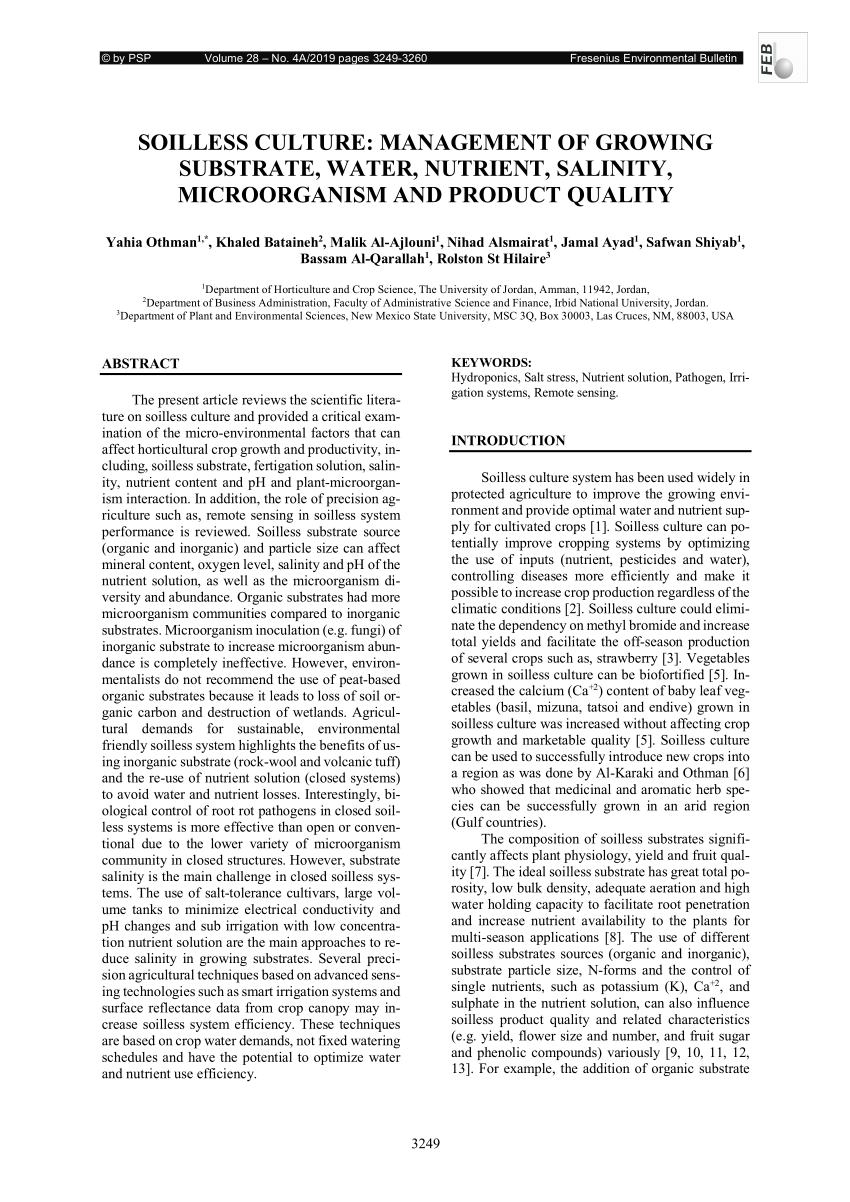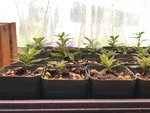cmeg1
Imperial Masterpiece
Thanks!
It's the ol "old dog...new trick thing"Not sure I follow you.
I think you're right that modern substrates do support microbial/fungal life, but I also came across this quote from a scientific article, which seems to suggest that inorganic, soilless substrates do not support microbial/fungal life to the same degree as regular soil. If you have any sources on this subject, please send them my way--I find the subject fascinating.
"Microorganism population differ significantly between soilless culture systems and the indigenous microorganism type in each soilless system is unique. Organic (coconut-fiber) soilless substrate system had the highest amount of fungi and Fusarium spp., whereas the inorganic substrate (rockwool) contained the highest amount of fluorescent pseudomonads. In addition, aerobic bacteria could be dominant over fungi in inorganic (rockwool) substrate. Soilless substrates lack the diverse biological and microbial communities found in conventional agriculture soil. For soilless culture, a few studies have assessed the usefulness of inoculating plant with microorganisms at early stages but none of them showed a significant positive impact on cultivated crop."

(PDF) SOILLESS CULTURE: MANAGEMENT OF GROWING SUBSTRATE, WATER, NUTRIENT, SALINITY, MICROORGANISM AND PRODUCT QUALITY
PDF | The present article reviews the scientific literature on soilless culture and provided a critical examination of the micro-environmental factors... | Find, read and cite all the research you need on ResearchGatewww.researchgate.net


I was a little mistaking 5 µm is in the lower boundary. It is between 5 and 10 µm which doesn't change the fact that it is "super-tiny" as you wrote.Well, 5 µm is super-tiny. That's a little larger than a bacterial cell. Are you sure about that and do you have a citation? So those filaments are stings of single cells?
Yes and yes. This smaller diameter explain in part why mycorrhiza is a better way for trees to exploit the soil rather than growing their own cells: to explore the same volume of substrate, mycelium needs to build less organic structures and is thus less costly.So I guess when you can see mycorrhiza, you are seeing mats of the filaments? And the filament is way smaller than a plant root cell?
First repotting plus 3.5 weeks.I’m doing first repost to 2 1/2” pots anywhere between 45-60 days, so you’re on the verge of pushing really fast.
btw: If you are out in the PacNW you have to watch out for all those spitzenkörpers pushing the hyphae all over your garden!
Cheers
DSD sends

